Fixing America’s Surface Transportation Act signed into law.
On December 4, 2015, President Obama signed into law the Fixing America’s Surface Transportation Act, or “FAST Act.” It is the first law enacted in over ten years that provides long-term funding certainty for surface transportation, meaning States and local governments can move forward with critical transportation projects, like new highways and transit lines, with the confidence that they will have a Federal partner over the long term.
Overall, the FAST Act largely maintains current program structures and funding shares between highways and transit. It is a down-payment for building a 21st century transportation system, increasing funding by 11 percent over five years. This is still far short of the amount needed to reduce congestion on our roads and meet the increasing demands on our transportation systems.
The law also makes changes and reforms to many Federal transportation programs, including streamlining the approval processes for new transportation projects, providing new safety tools, and establishing new programs to advance critical freight projects.
Below is a more detailed summary of some FAST Act provisions. More detailed descriptions of how the FAST Act will affect each mode of transportation will be released in the coming weeks.
PROJECT DELIVERY: The Department of Transportation (DOT) has taken the lead in reducing the bureaucratic red tape that can stall and delay critical transportation projects from moving forward. The FAST Act adopted a number of proposals to further speed the permitting processes while still protecting environmental and historic treasures and also codifying the online system to track projects and interagency coordination processes.
FREIGHT: The FAST Act would establish both formula and discretionary grant programs to fund critical transportation projects that would benefit freight movements. For the first time, these programs provide a dedicated source of Federal funding for freight projects, including multimodal projects. The Act emphasizes the importance of Federal coordination to focus local governments on the needs of freight transportation providers.
INNOVATIVE FINANCE BUREAU: The FAST Act establishes a new National Surface Transportation and Innovative Finance Bureau within the Department to serve as a one-stop shop for state and local governments to receive federal funding, financing or technical assistance. This builds on the work of the Department’s Build America Transportation Investment Center and provides additional tools to improve coordination across the Department to promote innovative finance mechanisms. The Bureau is also tasked with responsibility to drive efficiency in the permitting process, consistent with our request to establish a dedicated permitting office.
TIFIA: The TIFIA Loan program provides important financing options for large projects and public-private partnerships. The FAST Act includes organizational changes that will provide an opportunity for important structural improvements with the potential to accelerate the delivery of innovative finance projects.
SAFETY: The FAST Act includes authority to prohibit rental car companies from knowingly renting vehicles that are subject to safety recalls. It also increased maximum fines against non-compliant auto manufactures from $35 million to $105 million. The law also will help bolster the Department’s safety oversight of transit agencies and also streamlines the Federal truck and bus safety grant programs, giving more flexibility to States to improve safety in these areas.
TRANSIT: The FAST Act includes a number of positive provisions, including reinstating the popular bus discretionary grant program and strengthening the Buy America requirements that promote domestic manufacturing through vehicle and track purchases.
LADDERS OF OPPORTUNITY: The Act includes a number of items that strengthen workforce training and improve regional planning. These include allocating slightly more formula funds to local decision makers and providing planners with additional design flexibilities. Notably, FAST makes Transit Oriented Development (TOD) expenses eligible for funding under highway and rail credit programs. TOD promotes dense commercial and residential development near transit hubs in an effort to shore up transit ridership and promote walkable, sustainable land use.
To learn more about the FAST Act, Click here…












